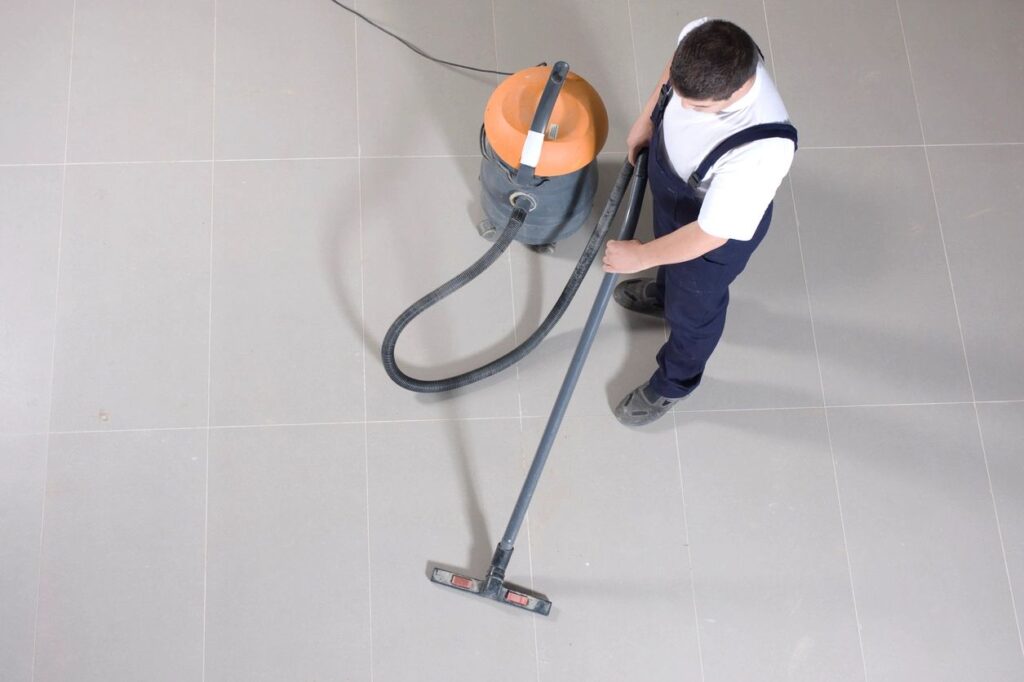
Home improvement does not have to break the bank! A quick scroll through Pinterest and Instagram will give you plenty of ideas for DIY projects you can tackle in just one day of your weekend.
Paint: A can of paint can make a dramatic difference in many ways. If your walls have scratches and dirty paint, an outdated color, or fading wallpaper, paint them. Bring new life to old tiles in a bathroom by painting them. Wake up cabinets in the kitchen and bathrooms with paint or stain and add new drawer pulls and door knobs. Updating your front door by painting it can change the entire look of your house! If you plan to sell, choose more neutral colors – meet with your realtor for ideas.
Fixtures: Switch plates, outlet covers, curtain rods, light fixtures, and doorknobs are a cheap way to add a big splash to a room. Metal switch plates and outlet covers can cost as little as $5 apiece but look much more expensive.
Outside: Rent a powerwasher and clean the outside of your home. A good pressure washing can make your home’s exterior look almost as good as a fresh coat of paint. Wash your windows inside and out. Rake or blow dead leaves and debris from around your yard. Trim overgrown bushes and trees. Search for what flowers or plants will grow well in your yard and give it a big makeover! Fences and gates might be in disrepair from the winter and fall seasons, be sure to make any repairs that need to be done.
Garage: Not a fun job, but that accomplished feeling when it’s done! Toss junk and clear out everything. Sweep, hose down, and even epoxy the floor. Install DIY cabinets and hide tools away. Put up hooks to hang garden equipment and bikes. Clean and paint the doors to kick up your curb appeal.
Caulk: Bathroom caulk can look discolored, cracked, and dingy in the bathtub, shower, and sink. All caused by leaking water. Pull out the old caulk, clean the area, and add a new layer. This quick project can last up to ten years.
Flooring: Remember that odors linger especially in rugs and carpets and worn, dirty, or badly colored carpeting can turn a buyer off in seconds. If you have good hardwood floors, consider ripping out the carpet and exposing the wood. If that isn’t an option, search the internet to find out who or what to use to bring life into your carpeting – replacing or deep cleaning it. If you are planning to sell your home, get advice from a realtor.
Window Treatment: No more dreary curtains, bent mini-blinds, and dusty old drapery. Remove and replace with simple white mini-blinds or wood blinds. Easy fix and refresh that can be done in a day.
The Bottom Line: There are many, many ways to give your home a facelift, even make a huge difference that are easy and budget-friendly. Whether it’s to improve your property’s value or just increase your living experience, DIY projects are an economical way to transform any space.

 See Our National Coverage Map
See Our National Coverage Map

